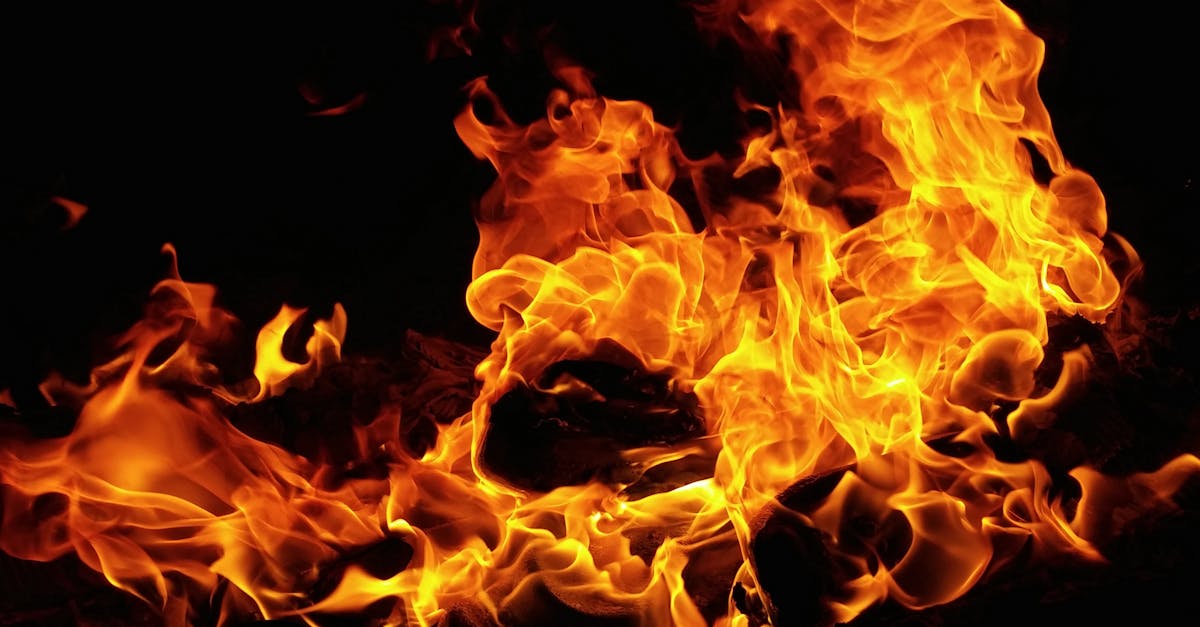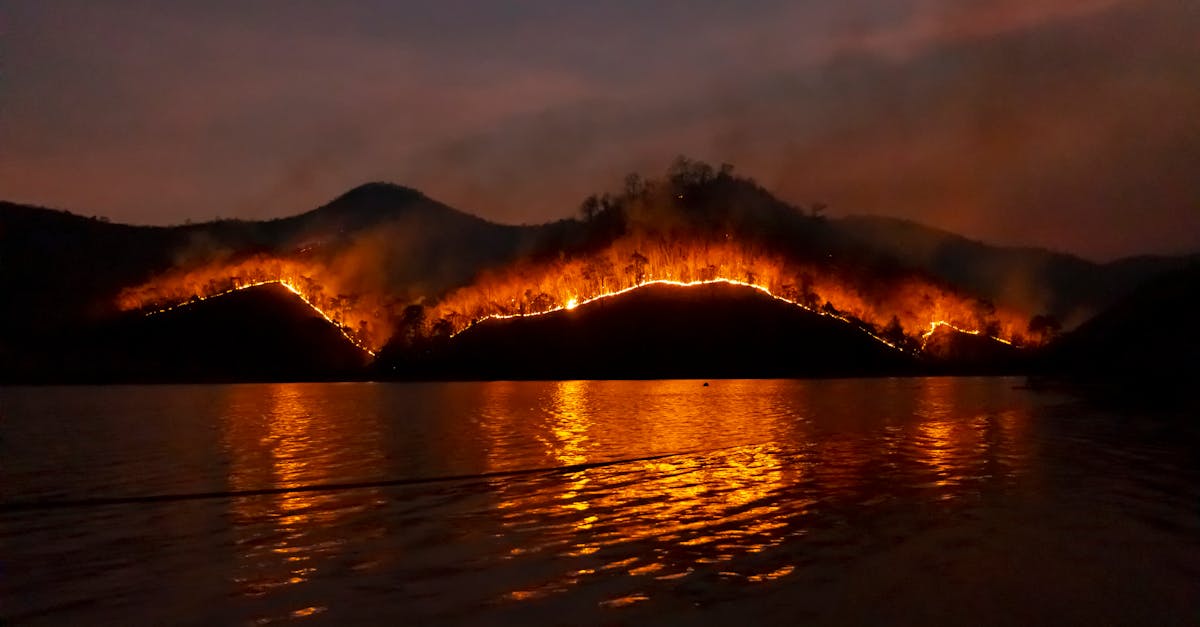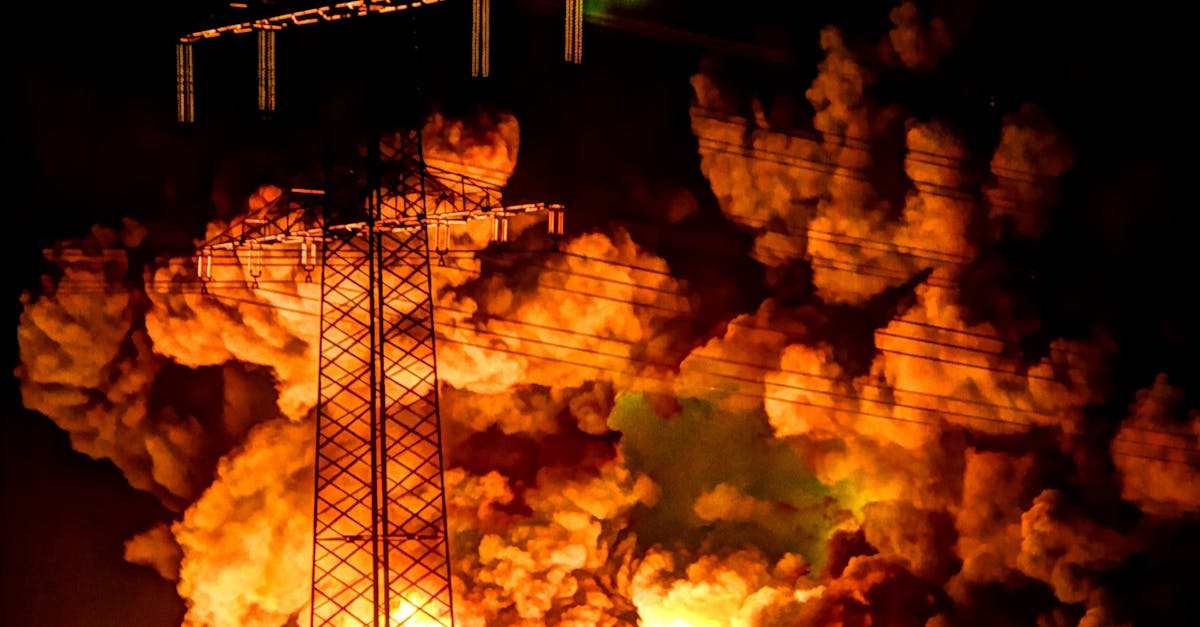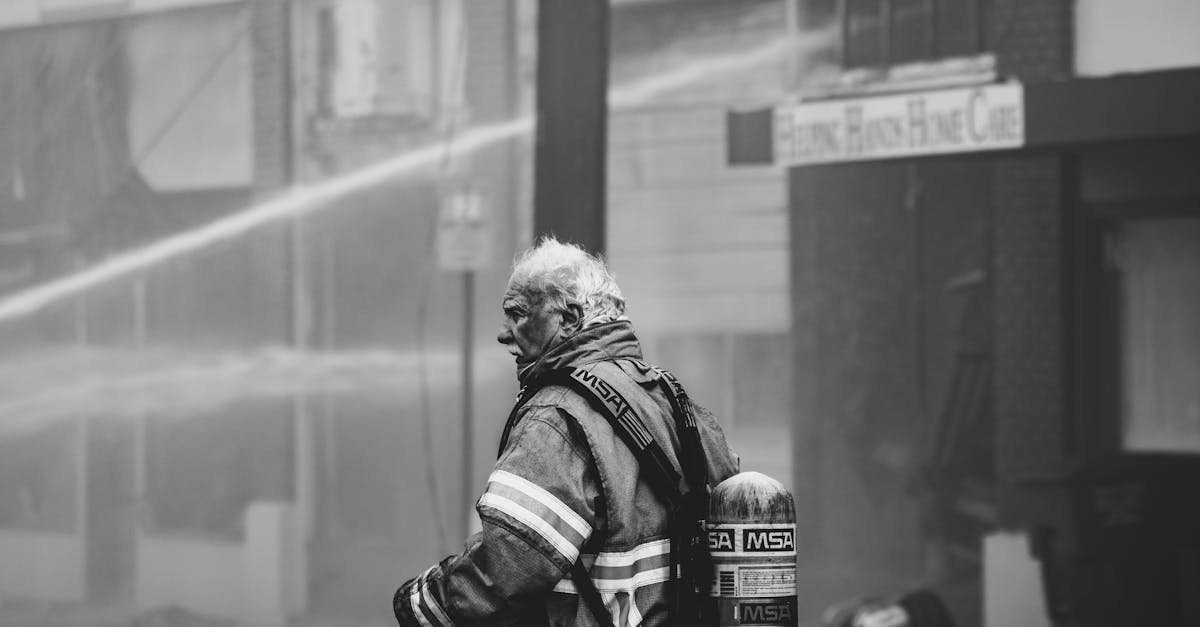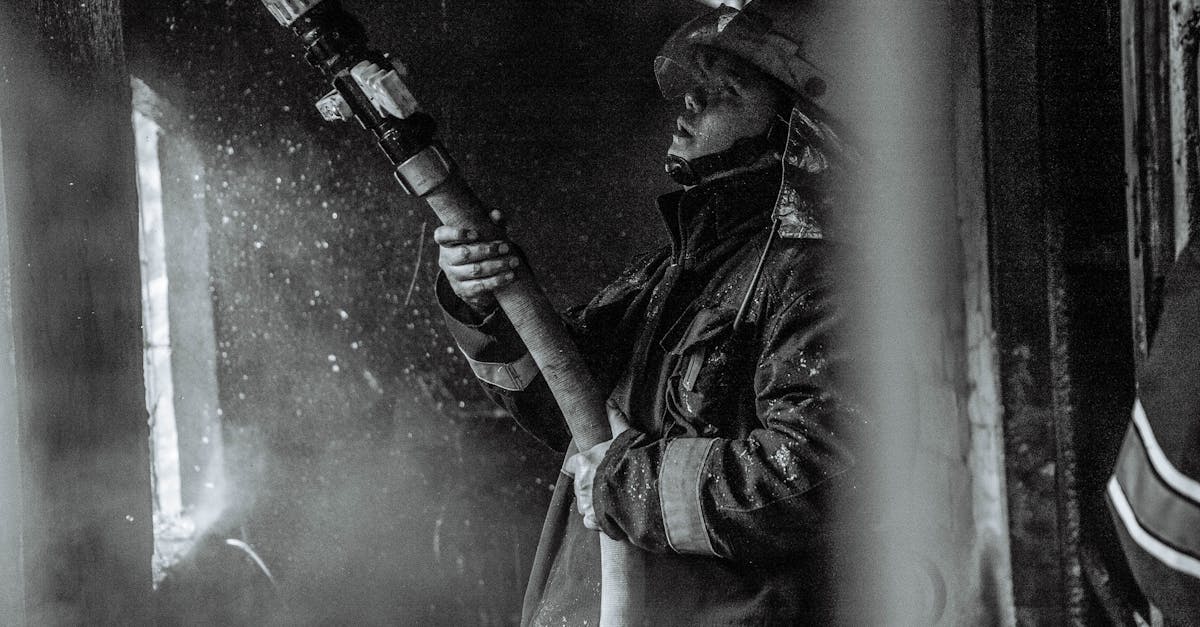
Table Of Contents
Look for Leaks
Checking for leaks around your water heater is crucial when experiencing a lack of hot water. Any signs of water pooling or damp spots near the heater can indicate a problem. Inspect the pipes connected to the heater and the unit itself for moisture. Even small leaks can lead to significant issues over time, including mold growth and structural damage. Identifying these leaks early can save you money and stress in the long run.
If you discover a leak, addressing it promptly may involve calling for emergency hot water repair. Depending on the severity of the leak, you might be able to temporarily fix minor issues, but significant leaks often require professional assistance. Keep an eye on water pressure as well, as fluctuations can sometimes signal underlying problems. Regular maintenance checks can help prevent leaks and ensure your hot water system operates efficiently.
Detecting Water Leaks Around the Heater
When managing a situation with broken hot water, one of the first steps is to check for leaks around the water heater. Inspect the surrounding area for any signs of moisture or pooling water. Pay attention to the connections, joints, and pipes. A leak can not only interrupt your hot water supply but also lead to significant water damage if left unattended. Identifying any dripping or condensation early on can save you from the hassle of more extensive repairs.
If you notice a leak, it’s essential to address it promptly. Temporary fixes may include tightening connections or replacing worn-out fittings, but these solutions are often short-lived. For persistent issues, seeking emergency hot water repair becomes necessary. Professional assistance ensures that any underlying problems are resolved, preventing further complications and restoring your water heater to optimal function.
Drain the Tank
Draining the tank is a crucial step when dealing with a broken hot water heater. It helps remove sediment buildup and allows for a thorough inspection of the unit. Before beginning the process, ensure the power supply to the heater is turned off. If the unit is gas-powered, set the thermostat to the "pilot" setting. For electric heaters, flip the circuit breaker to avoid any electrical hazards during the drainage.
To drain the tank, connect a garden hose to the drain valve at the base of the heater and direct the other end to a suitable drainage location. Open the drain valve slowly, allowing the water to flow out freely. It is advisable to open a hot water faucet in the house to facilitate proper drainage. If sediment is present, it may clog the hose. In such cases, additional steps might be required, including emergency hot water repair, to ensure the heater operates efficiently after draining.
Steps to Safely Flush Your Water Heater
Flushing your water heater is an important step in maintaining its efficiency and prolonging its lifespan. To begin, make sure to turn off the power to the unit if it is electric. For gas models, set the thermostat to the "pilot" setting. Next, connect a garden hose to the drain valve located at the bottom of the tank. Position the other end of the hose in a suitable drainage area, such as a floor drain or outside.
Once everything is set up, open the drain valve and let the water flow out. It’s advisable to keep the cold water supply turned off during this process to allow for a complete drain. After the tank has fully emptied, you can flush it with cold water for a few minutes to remove any sediment buildup. This maintenance task can prevent future issues, potentially saving you time and money in an emergency hot water repair. Always remember to close the drain valve tightly once you are done and refill the tank before restoring power.
Reset the Heater
When faced with issues regarding hot water, one practical step is to reset the heater. This process can resolve minor malfunctions that disrupt the heating elements. If the heater has an electrical issue or a tripped breaker, a reset often restores functionality. Locate the reset button on the unit, which usually appears like a red or yellow switch. Press it firmly and listen for any sounds indicating that the system is attempting to restart.
If a reset does not restore hot water, further investigation may be required. Engaging a professional for emergency hot water repair can be beneficial in these situations. They can identify underlying issues such as thermostat malfunctions or faulty wiring. Ensuring your water heater is working optimally is vital for household comfort and safety, especially during cold months.
How to Perform a Simple Reset
Performing a simple reset on your water heater can often resolve minor issues without the need for emergency hot water repair. First, locate the reset button on your heater, which is usually found near the thermostat. It often appears as a red or yellow button. Before proceeding, ensure that the power supply to the heater is turned off for safety.
Once you have identified the reset button, press it firmly and hold it for a few seconds before releasing it. After resetting, restore power to the unit. Wait a short time and then check if hot water is available. If the issue persists after resetting, further investigation may be necessary, possibly requiring professional assistance for an emergency hot water repair.
FAQS
What are the first steps to take when I notice my hot water is broken?
The first steps include checking for any visible leaks around the heater, draining the tank, and attempting to reset the heater.
How can I detect water leaks around the heater?
Look for signs of moisture, pooling water, or corrosion on the heater and surrounding areas. You can also listen for hissing or dripping sounds that may indicate a leak.
What should I do to drain my water heater?
To safely drain your water heater, turn off the power or gas supply, connect a garden hose to the drain valve, and open the valve to allow the water to flow out. Make sure to follow safety precautions to avoid burns from hot water.
How do I perform a simple reset on my water heater?
To reset your water heater, locate the reset button on the thermostat, which is usually found near the heating elements, and press it. For electric heaters, you may need to turn off the circuit breaker and turn it back on after a few minutes.
When should I call a professional for hot water heater issues?
You should call a professional if you notice persistent leaks, strange noises, or if you are uncomfortable performing any troubleshooting steps on your own. Additionally, if the reset does not solve the problem, it may indicate a more serious issue that requires expert attention.



